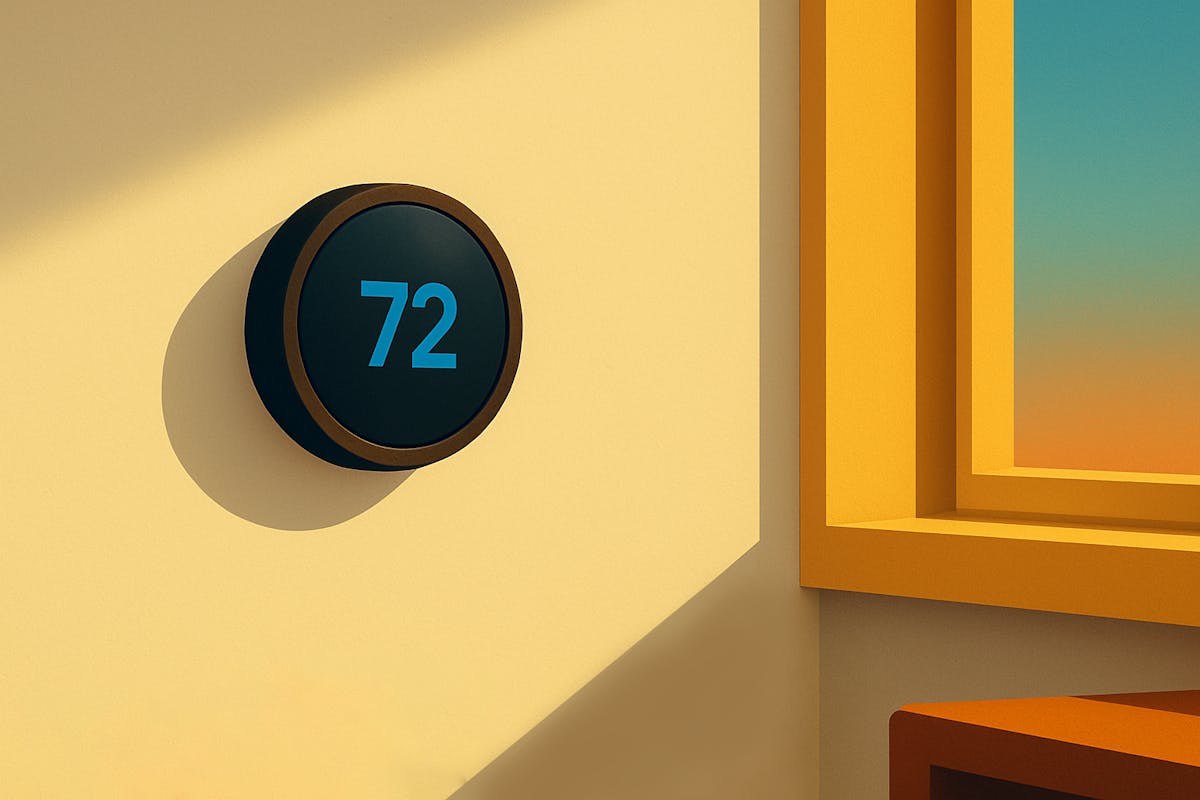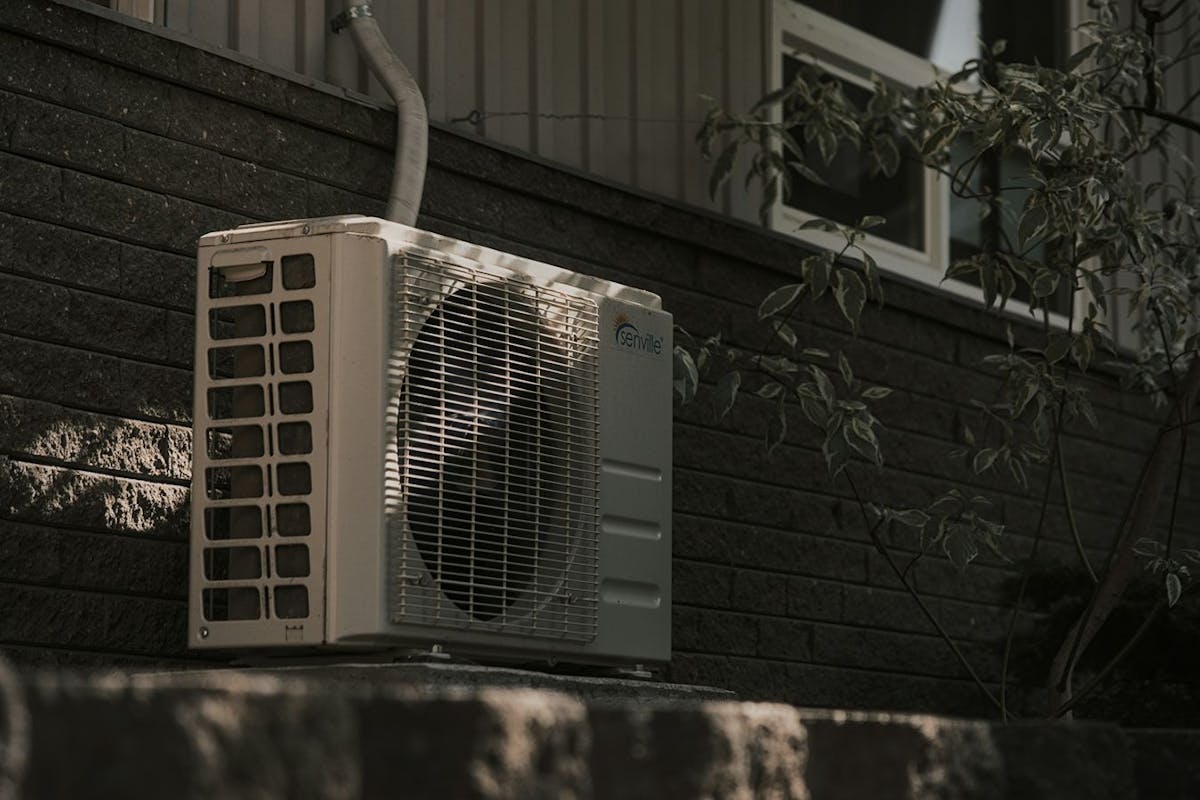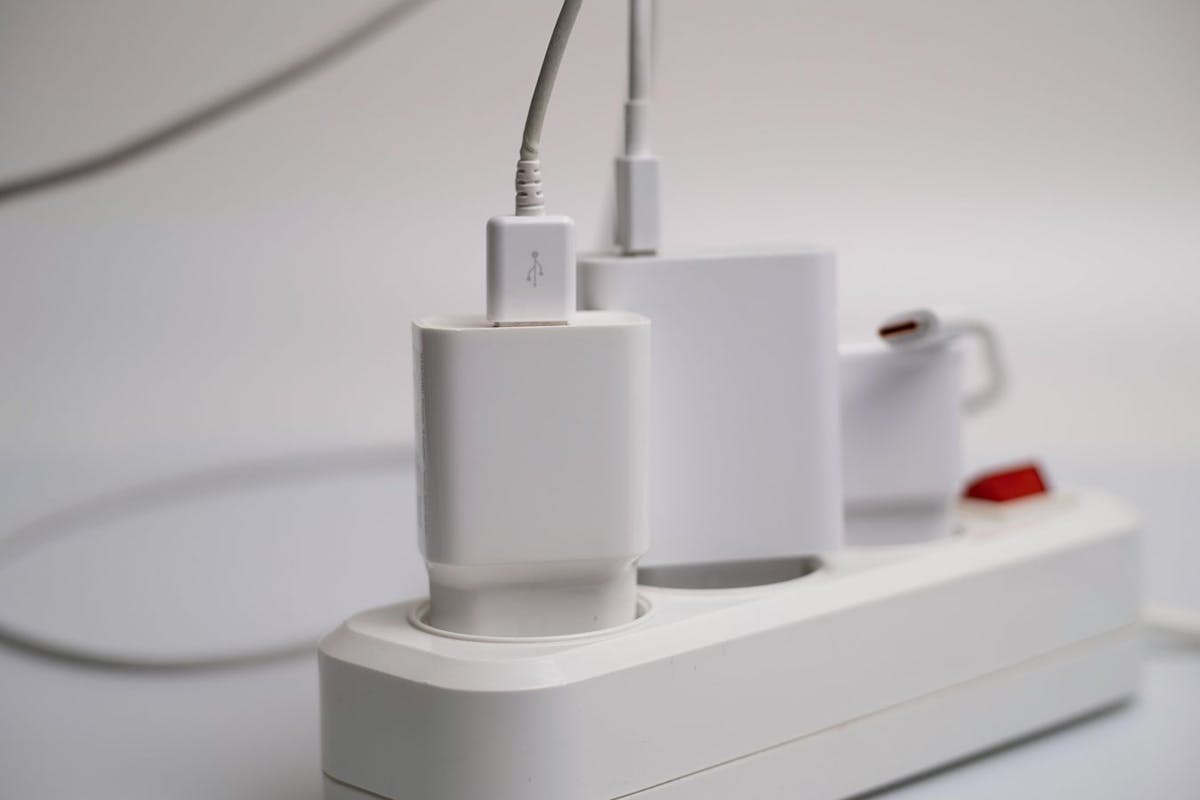Best Thermostat Settings for Winter: Save Energy All Year Long
Last edited

Author
Andrew Blok
Electrification and Solar Writer and Editor

Editor
Ryan Barnett
SVP, Policy & New Market Development

Since heating and cooling account for over half of an average home's total energy expenses, your thermostat’s settings is an easy way to see major savings, including in the winter. The key is to avoid wasting energy when you are away or asleep. Installing a smart thermostat and using clean, renewable solar power can also help.
Learn the ideal thermostat settings to maintain comfort while saving during the heating season and all year.
See how much you can save with home energy changes
The cost of heating and cooling your home
Heating and cooling make up 52% of the energy costs in the average American household, according to the US Energy Information Administration. (Heating makes up 43% and is a larger portion for single-family homes.)
That means simple changes could deliver big savings. According to the US Department of Energy, shifting your thermostat settings 7-10 degrees for eight hours a day can shave 10% off your heating and cooling bills.
See exactly how those thermostat adjustments pay off. The free Palmetto app can track your daily energy use and show you the real savings from temperature changes — plus rewards you with points toward real discounts when you hit your weekly energy targets.
Recommended thermostat settings for winter
In the colder months, a winter thermostat setting of 68° F should be comfortable for you, your children, and your pets when you are at home and awake. You can then set it lower — say, 63-65° F — while you sleep to save even more.
To stay warm in the house after setting your temperature to 68° F, make sure to dress warmly. (It is winter, after all!) By lowering your thermostat by 7-10° F for eight hours, you can reduce your heating bill 10%, a savings of roughly 1% for each degree.
Heat pumps and winter thermostat settings
If you have a heat pump, you may need to treat your thermostat differently in the winter.
When heat pumps need to heat up a house quickly, they use backup electric heat strips, which are less efficient. Any electricity you save by adjusting your thermostat won’t make up for the extra electricity used when you adjust it back. Heat pumps are typically most efficient with adjustments of only a couple of degrees, but can vary. Follow the manufacturers recommendations.
In the summer, heat pumps act just like air conditioners, so adjusting your thermostat can still save you energy overall.
Recommended thermostat settings for fall and spring
Managing your thermostat can be a little tricky in the spring and fall. Because the weather tends to be unpredictable with large temperature swings, you may need both heating and cooling and need to set both an upper and lower limit on your programmable thermostat for heating or air conditioning. In contrast, you only have to set a lower limit for your heater during the winter, then a higher limit for your AC in summer.
We recommend the following as the best thermostat settings:
- For warmer times, set your thermostat at 78° F during daytime. Set it to 86° F if you leave the house.
- For cooler times, set your thermostat to 68° F while you’re at home and awake. Lower it to 65° F when you sleep. If you leave the house, lower it further to 60° F.
The best thermostat settings for spring and fall typically require you to place your thermostat on “Auto” mode and set a desired temperature. You then set the "deadband" which is the range above and below that temperature where it doesn't run the HVAC. Smart thermostats make this easy.
For example, if you want to cool your house when it’s above 78° F, and heat it when it’s below 68° F, you would set the thermostat to 73° F, and set the deadband to 10° F. Most modern thermostats let you set upper and lower limits without doing the math.
See how much you can save with home energy changes
Recommended thermostat settings for summer
Setting your thermostat to 78° F when you are home can save you energy and money. While this might make your house a little warmer than you're used to, it will help reduce the cost of your energy bill significantly.
Additionally, keeping your house even warmer when you’re away for more than four hours will help you save even more in summer. Crank your thermostat setting for summer up to 85-88° F while you’re out of the house to help you save as much as 10% on cooling costs.
Recommended thermostat settings for sleeping
Getting a good night's sleep is important for everyone. The benefits can enhance your life: improved productivity, reduced risk of heart diseases, and improved immune function, just to name a few.
The temperature of your home can impact the quality of your sleep, as your body will wake itself up if it’s too hot or too cold. Luckily, you can adjust your thermostat to ensure a good night's rest.
Here are some energy-saving thermostat settings for bedtime.
- 65° F in winter
- 78° F in summer
- 65° F when it’s cool and 78° F when it’s warm during spring and fall
Just like our earlier recommendations for spring and fall, you need to account for larger temperature shifts during warm and cool days.
With these settings, you save money by not running your HVAC system as much, and you might actually get better sleep as an added bonus.

How to discover your personal thermostat settings
Like we said, everyone has an opinion on the best thermostat setting and different people will be comfortable at different temperatures. If our recommendations don’t work for you, there’s still an easy way to determine your own ideal thermostat settings.
The best approach is to start by setting your thermostat to the temperature you use most often. From there, adjust it towards our recommended seasonal settings one degree each day until it feels uncomfortable. Then adjust it back one degree. This is the temperature that will save money while keeping you comfortable.
By adjusting your thermostat one degree each day, you give your body time to adjust to the new temperature. You might find that you can actually live with a temperature that’s closer to the energy-saving recommendation, compared to shocking your system if you make a large change all at once.

Other ways to save on heating and cooling
There are a few more things you can do to cut your heating and cooling bill.
Adjust the temperature when you leave the house
Now that you know how to save money with the best thermostat settings while you’re at home, here’s how to save more money when you’re gone by following the "8 is Great" rule.
Adjust your temperature by 8 degrees when you’re leaving the house for at least four hours.
Make those temperature adjustments count. The Palmetto app turns your thermostat tweaks into a game - set weekly energy goals, discover your home's energy patterns, and earn rewards for beating last week's usage. It's the easiest way to see if that 8-degree rule is actually working for you.
Use ceiling fans to save even more
Installing energy-efficient ceiling fans around the house is a great way to use less energy with your summer thermostat settings without sacrificing your comfort. A fan will make you feel cooler during warm days as the air flowing across your skin creates a wind-chill effect.
When fans are running, you can raise your thermostat setting by 3-4° F and be just as comfortable. However, fans only cool you when you’re in the same room, so turn them off when you leave a room to save even more money and energy.
Fans are also a great option to help you save money in the winter. Many fans can run in reverse and blow air upward, pushing the warm air near the top of the room down to you near ground level. This keeps the entire room at a more consistent temperature. By improving heat distribution, fans let your heater run less while keeping your home at the ideal temperature.
See how much you can save with home energy changes
How smart thermostats can save you money
All that sounds easy, but you’ll never benefit from those savings if you don’t remember to make those changes.
With a programmable thermostat, you can just set the times and temperature settings you want and never think about it ever again. It’s especially helpful if you leave home for school or work on the same schedule every day. It will ensure that your home returns to your preferred thermostat settings before you get back home for the day.
If you install a smart thermostat with a smartphone app, you can make adjustments with ease. Forgot to change the thermostat setting before you left home? Just open the app and make the change from wherever you are.
If your smart thermostat comes with geo-tracking technology, it can automatically recognize when everyone has left home and adjust the temperature accordingly. And, it will detect when you’re returning home and heat or cool your house so it’s comfortable when you walk in the door.
Common mistakes when setting your thermostat
Before you crank your heater or air conditioner, consider what else you can do. Can you open a window, put on or take off a sweater or turn on a fan to stay comfortable? It can take much less energy to heat or cool a room or a person than a whole house.
And, don’t sacrifice your well-being or your home’s integrity to save a few dollars. If you can’t sleep at a money-saving thermostat setting, it might not be worth feeling poorly all season long. If you can save money by not heating a poorly insulated part of your house, you might want to anyway if it means your pipes won’t freeze.
Heat and cool your home for less with solar
By using these recommended thermostat settings, you can lower your heating and cooling costs all year long. However, you can save even more by going solar. When you install solar panels and run your HVAC system — especially an energy-efficient heat pump — off solar power, you can reduce your electricity bills even further.
To find out how much you would save with home solar panels, get started with a solar calculator tool, or explore what you can save with other energy changes at home, including upgrading to a heat pump.
See what home electrification can do for you:
Frequently asked questions
What’s the recommended thermostat setting for saving money?
The higher you set your thermostat in the summer and the lower you set it in the winter, the more money you’ll save. That said, setting your air conditioner to 78° F and your heater to 68° F is generally a good compromise.
Should I adjust my thermostat when I leave home?
If you’re leaving home for more than four hours, raise your thermostat 8° F in the summer and lower it by 8° F in the winter.
Should I adjust my thermostat with a heat pump?
In the summer, you can adjust your thermostat as you would with an air conditioner. In the winter, it’s best to make smaller adjustments. Heat pumps are less efficient when trying to heat a home quickly, so you might use more energy heating your home back up than you saved by adjusting your thermostat in the first place. Some variable speed heat pumps work most efficiently with a relatively constant temperature setting.



